|
Related FAQs: Poritids, FAQs 2, FAQs 3, Poritid Identification, Poritid Behavior, Poritid Compatibility, Poritid Selection, Poritid Systems, Poritid Feeding, Poritid Health, Poritid Reproduction/Propagation,
Stony/True Coral, Coral System Set-Up, Coral System Lighting, Stony Coral Identification, Stony Coral Selection, Coral Placement, Foods/Feeding/Nutrition, Disease/Health, Propagation, Growing Reef Corals, Stony Coral Behavior, SPS Identification, SPS Behavior, SPS
Compatibility, SPS Selection,
SPS Systems, SPS Feeding, SPS
Disease, SPS
Reproduction,
Related Articles: Poritid Corals, Stony or True Corals, Order
Scleractinia
Genera Coverage: Alveopora, Goniopora,
/The Best Livestock For Your Reef Aquarium:
Genus Porites, Family
Poritidae
Part 1 of 4
To: Porites 2, Porites 3,
Porites 4,
|

|
|
By Bob Fenner
|
Porites lobata
|
Porites spp. With small (1-2 mm.) corallites, these smooth
honey-comb appearing coral colonies look like honeycomb up close. /WA Corals:
massive, branching or laminar colonies • corallites tiny • colony surface smooth
• plates can resemble Montipora • arrangement of corallite structure used to
distinguish between species
Bigger PIX:
The images in this table are linked
to large (desktop size) copies. Click on "framed" images
to go to the larger size. |

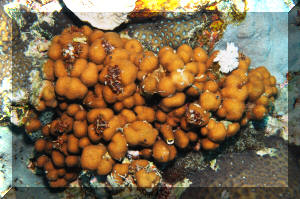
%20MD.JPG)
%20MD.JPG)
%20MD.JPG)
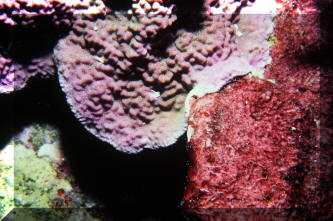

.JPG) |
Some guesses at identifying Porites to species level:
| Porites astreoides Mustard Hill Coral. Form
encrusting, humped, joined colonies in shallows to domes in calmer, deeper water. Occur
mostly in light yellow and browns.
Three Bahamian specimens below. First two from the shallows are
close ups. Cozumel close-up by Di.F at right. |
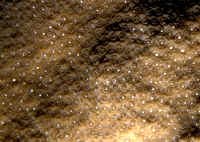
|
Bigger PIX:
The images in this table are
linked to large (desktop size) copies. Click on "framed"
images to go to the larger size. |
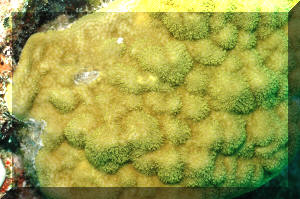
%20MD.JPG)
%20MD.JPG)
MD.JPG)

%20MD.JPG) |
| Verticals (Full/Cover
Page Sizes Available) |
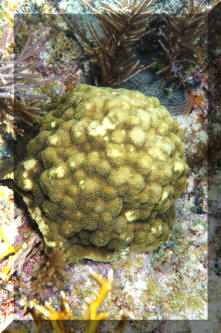 |
To: Porites 2, Porites 3,
Porites 4,
|
|

